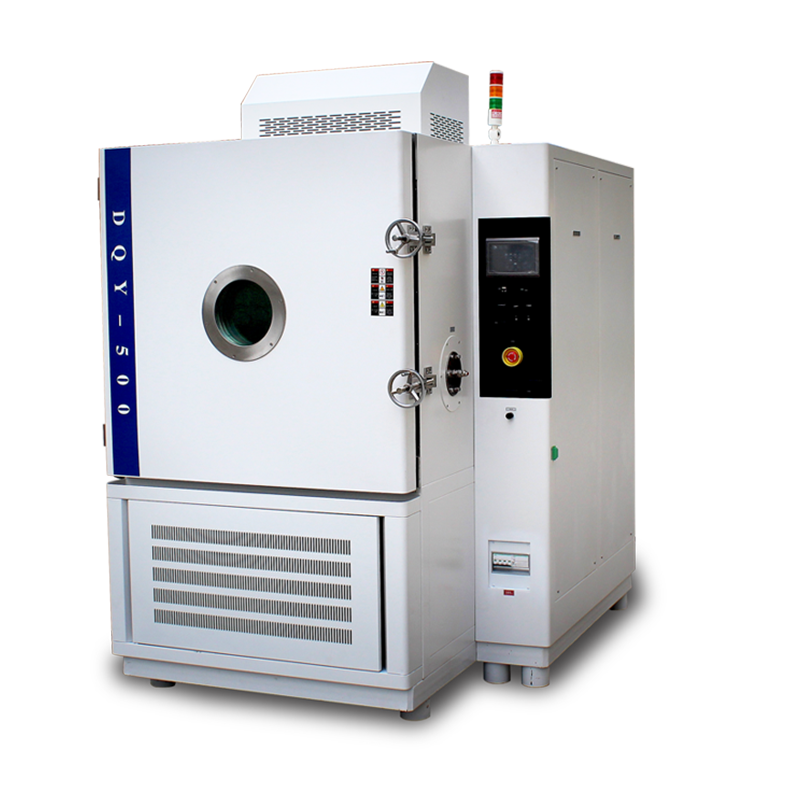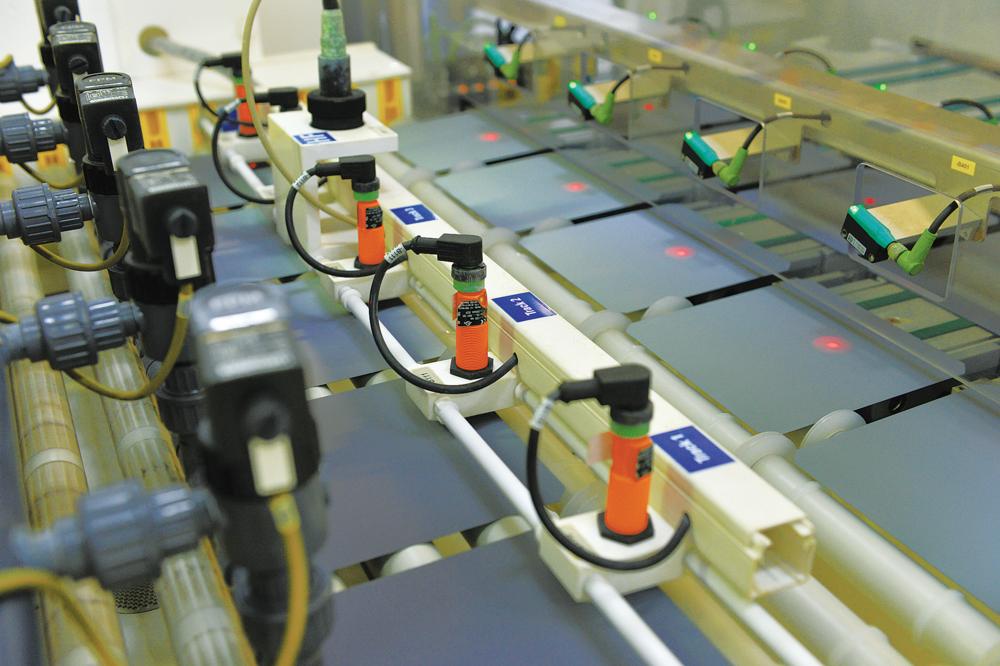In modern industrial production and scientific research, product reliability and stability are critical. To ensure product performance under extreme conditions, low-pressure test chambers (also known as high-low temperature and low-pressure test chambers) have become essential tools for many enterprises and R&D institutions. These devices not only simulate high-altitude environments but also meet the testing needs of globalized products. This article explores the unique advantages of low-pressure test chambers and their applications across various fields.
1. Simulating Real-World Conditions
Low-pressure test chambers reduce air pressure to simulate high-altitude or space environments, helping companies during product development by:
-
Identifying potential issues early – Materials and components behave differently under high-altitude or extreme conditions. Low-pressure test chambers evaluate these properties at an early stage, preventing costly failures later.
-
Ensuring compliance with industry standards – Many industries (e.g., aerospace, electronics) have strict quality requirements. Low-pressure testing helps products meet these standards, reducing time and financial losses due to non-compliance.

2. Wide Range of Applications
Low-pressure test chambers are widely used in:
-
Aerospace & Aviation – Testing the reliability and durability of aircraft and spacecraft components under high-altitude conditions. Satellites and probes, for example, must undergo such tests before launch to ensure stability in space.
-
Electronics – Electronic devices often operate at varying pressures. Low-pressure test chambers assess their functionality and durability, such as smartphones and computers in high-altitude regions.
-
Material Research – New materials require testing in low-pressure environments to verify their real-world performance.
3. Enhancing Efficiency & Reducing Costs
By using low-pressure test chambers, companies can:
-
Shorten R&D cycles – Detect issues during the design phase, avoiding costly late-stage modifications.
-
Cut testing costs – Ground-based testing is more cost-effective than real-world trials. Early defect detection prevents resource waste in mass production.
4. Reliability & Safety
Modern low-pressure test chambers incorporate advanced technologies, offering:
-
High-precision control – Accurate regulation of pressure and temperature ensures repeatable test conditions and reliable data.
-
Smart management – Many chambers feature intelligent interfaces for real-time monitoring and analysis, enabling engineers to respond quickly and ensure test safety.
Conclusion
Low-pressure test chambers are indispensable in modern product testing. They provide an efficient and economical way to help industries confidently tackle pressure and quality challenges. Choosing the right low-pressure test chamber delivers strong support for product development and quality assurance. Whether in aerospace, electronics, or material science, low-pressure test chambers are powerful allies in achieving high-quality standards.














